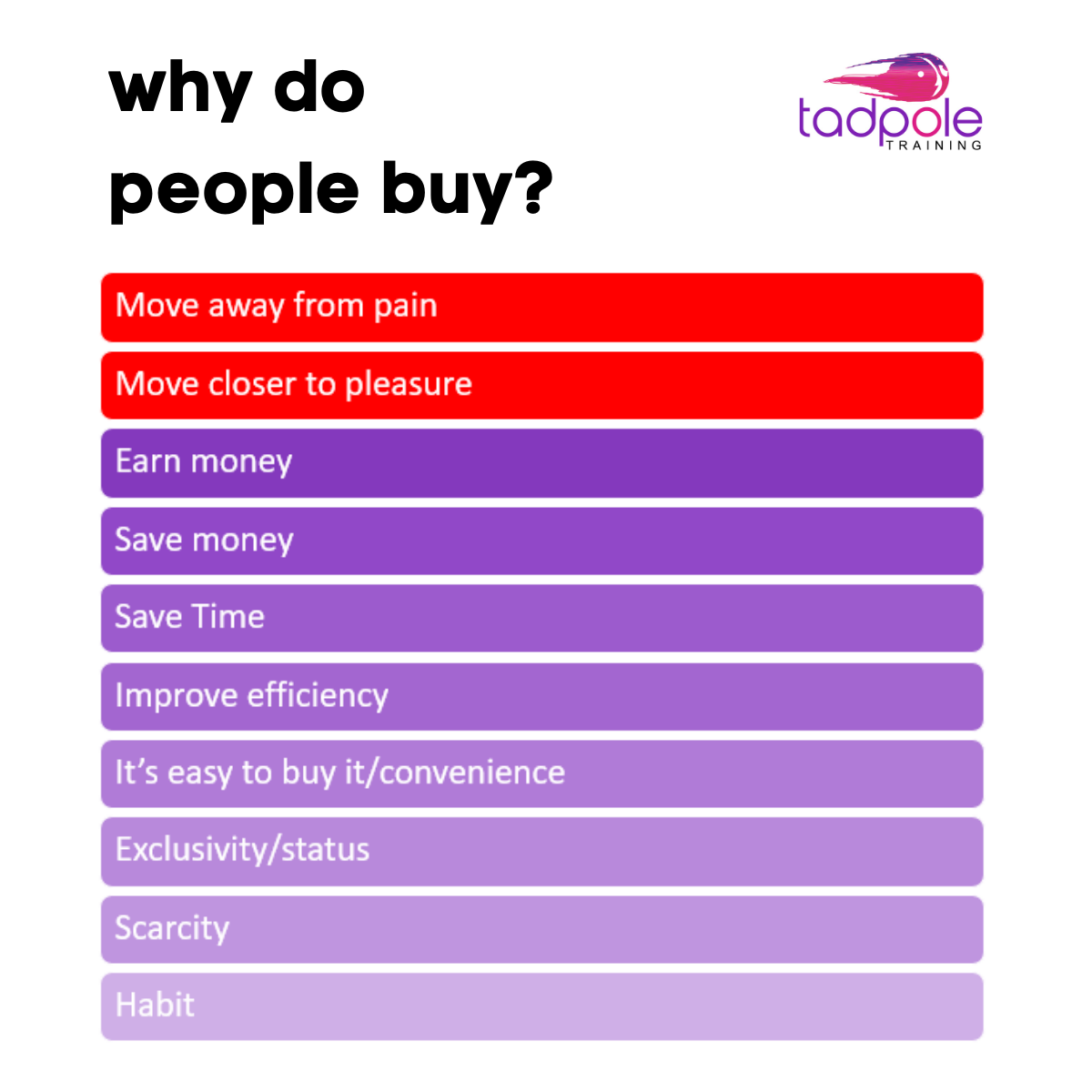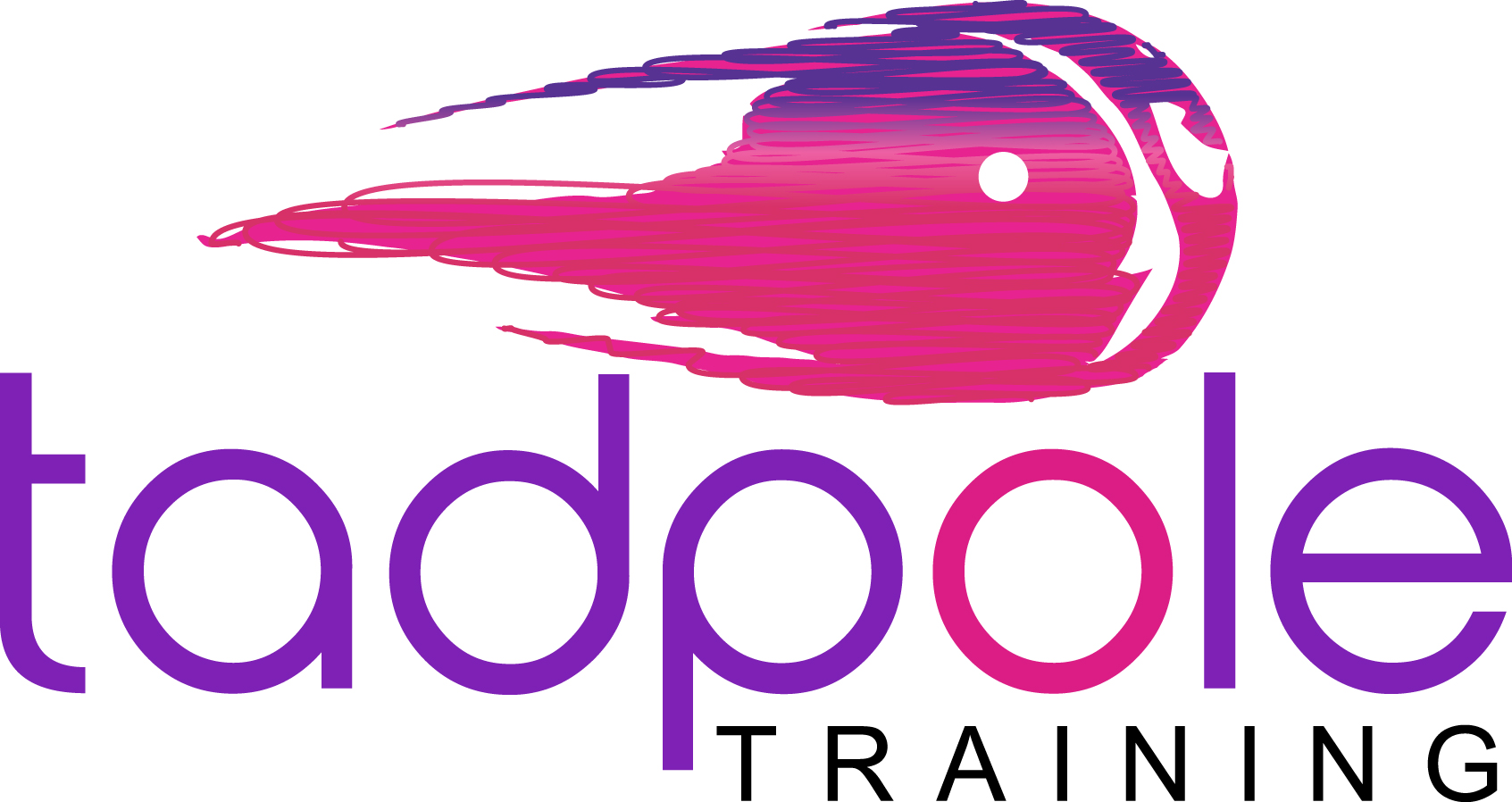
by Janet | Jul 3, 2022 | sales training
If I was to describe which aspect of sales I’m best at, I’d probably say ‘closing’. But you hear lots of rubbish spouted about closing, such as ‘use this technique, or that trick’. It’s as though closing is treated like a...

by Janet | Jun 20, 2022 | sales training
Whilst delivering sales training in London, Essex and the wider UK, I am often asked abour why customers buy. Do you know that you can sell more if you understand this imporant area? If you think you will sell more because of your excellent service or your friendly...

by Janet | Jan 4, 2021 | marketing, sales tips, Training
I’m subsituting MAN for FAN because it’s time to move with the times! Those of you in sales will be very familiar with the acronym MAN as standing for: Money Authority Need (in other words, a simple way of identifying the best person to have a sales...

by Janet | Jan 1, 2021 | customers, entrepreneurs, marketing, prospecting, sales tips, Training
Positive Language can make a huge difference to your sales conversation, so don’t go using language that makes customers avoid you. There are certain words and phrases that are considered clichés in the world of selling. If you want to avoid looking like an...





